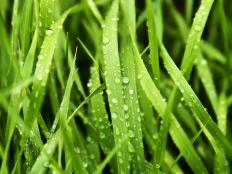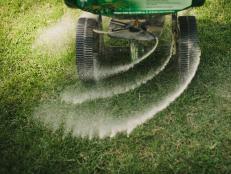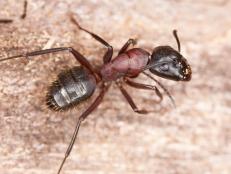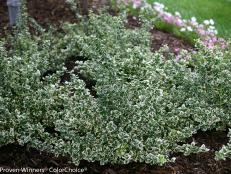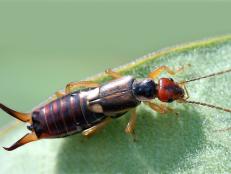How to Lay Sod
Instantly renew your lawn by installing sod. We'll show you how.
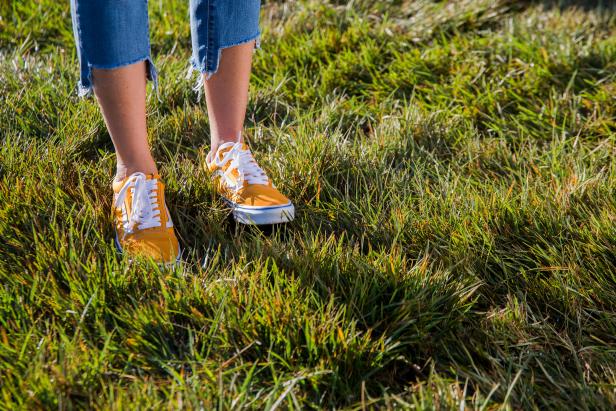
Jalynn Baker
Whether a sparse, weedy lawn needs renewing or you’re facing a barren backyard, laying sod is the easy way to an instant, lush lawn. Costs vary, but in general, expect to pay at least 40 cents a square foot for sod you install yourself. That comes out to $400 for a 1,000-square-foot lawn area. Lay sod in spring where cool-season grasses rule and any time of year where warm-season turf is king.
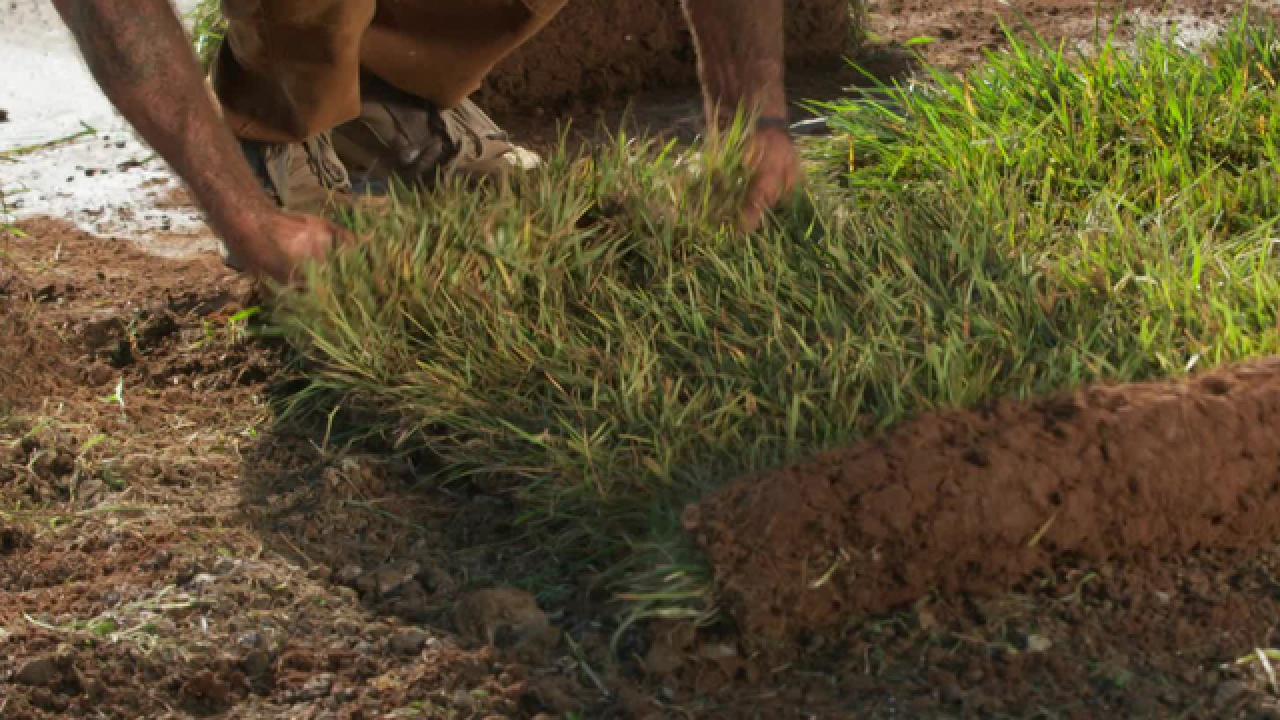
Materials Needed
- soil test kit (from your local extension office)
- organic matter
- sod
- grass fertilizer
- hand trowel
- tape measure
- rototiller
- spading fork
- soil rake
- carpet knife
- garden hose
- lawn edger
- stiff push broom
- lawn roller
- lawn sprinkler(s)
Take a Soil Test
The best way to provide the perfect growing environment for turf is to test your soil. Most turf grasses thrive in well-aerated soil with a pH slightly toward the acidic side (between 6 and 7.5). Obtain a soil test kit from your local extension office. To take a soil test, gather soil samples from several places around the area you’ll be sodding. Mix the soil, and place it into a soil testing bag. Expect to pay at least $15 for the test (price varies by region). It takes about two weeks to get results back, and it will take more time to adjust soil as specified by the results. Plan accordingly, and don’t do your soil test the day before sod arrives.
Measure the Area You'll Be Sodding
Measure the area you’ll be sodding. Take careful measurements so that you don’t pay for more sod than you need. Order roughly 5 percent extra (over the measured area), so you’ll have enough sod to cut and fit around curves. Purchase sod through a garden center or directly from a sod farm, if there’s one near you. The supplier you purchase from should ask detailed questions about your lawn, including hardiness zone, sunlight vs. shade, how intensely you’ll use the grass and other specifics. These answers determine the types of grasses that will be in your sod. Make sure sod is delivered within 24 hours of being cut. Plan to lay it the day it’s delivered.
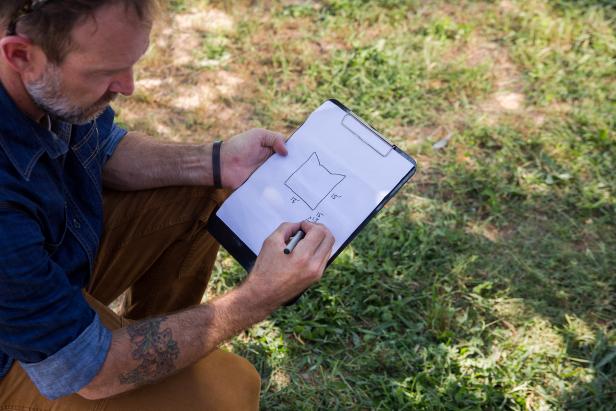
Jalynn Baker
Dig Organic Matter Into Soil
Use a rototiller to loosen soil to a depth of 6 to 8 inches (Image 1). Remove any debris you unearth, including rocks. Add and till in 2 to 3 inches of organic matter (Image 2). Organic matter helps improve soil aeration and water retention and enhances the microbial population in your soil. The bottom line is that organic matter makes your soil healthier. Till in fertilizer or lime based on the results of your soil test.
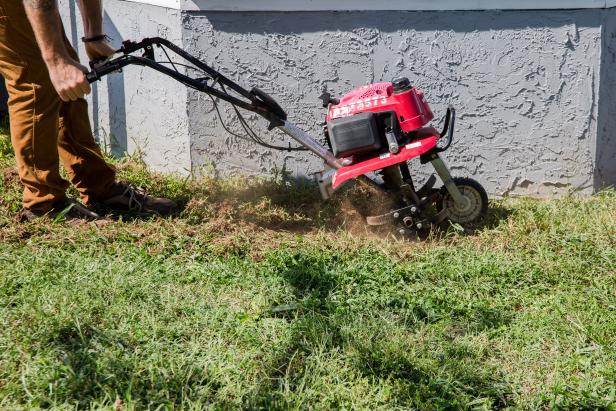
Jalynn Baker
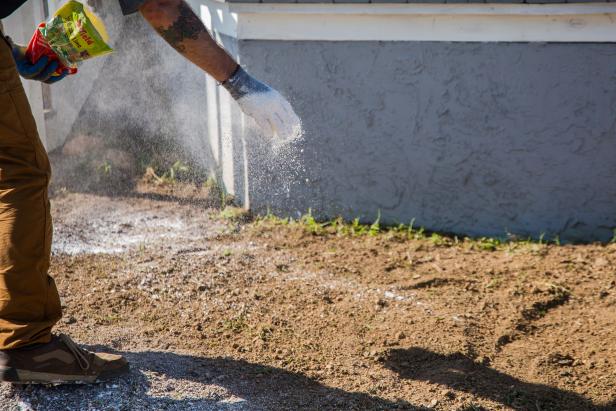
Jalynn Baker
Rake Soil Level
Rake soil level (Image 1), and ensure that it’s one inch below the grade of sprinkler heads or paved areas, like sidewalks, patios or driveways (Image 2). Raking evens out the surface and also creates loose soil particles, which are ideal for grass roots to sink into. Soil needs to be moist when you lay sod. Water it well 24 to 48 hours before installation (Image 3).
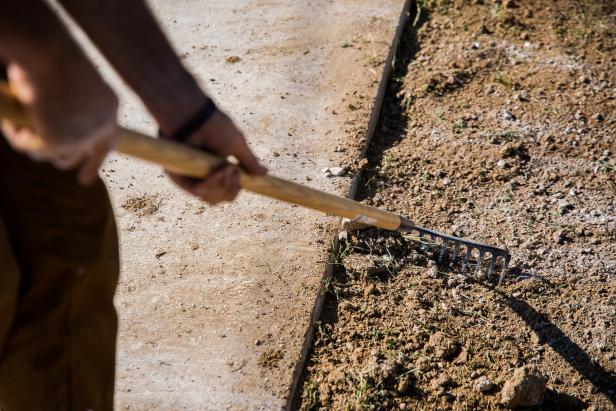
Jalynn Baker

Jalynn Baker
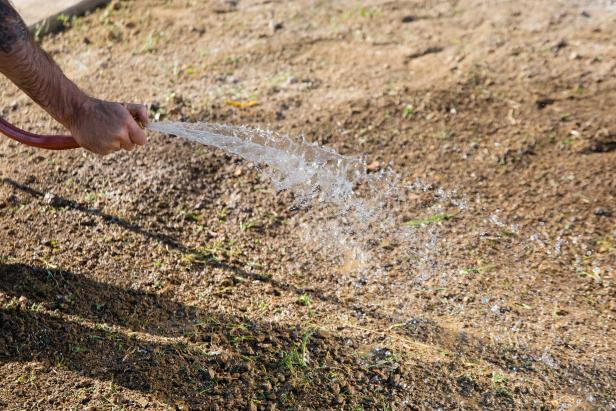
Jalynn Baker
Unroll Turf
Start laying turf along a straight edge, such as a patio, a fence, flower bed or driveway. Work with whole pieces, laying them one at a time, end to end. Avoid walking on the sod as you lay it, and rake out any footprints you make in soil as you go. Work to smooth out any wrinkles in the sod. Pat sod carefully into place, so there aren’t any air pockets between soil and sod.
Lay Sod in Rolls
Cut the next piece of sod in half and lay it against the first, staggering the joints like in a course of bricks. A cheap carpet knife works well to slice through sod.
Create Tight Seams
Align edges of sod together tightly but without creating overlap. Push your thumbs along the edges to fit them snugly against each another and to make sure there aren’t any air pockets or bare soil showing along the seam.
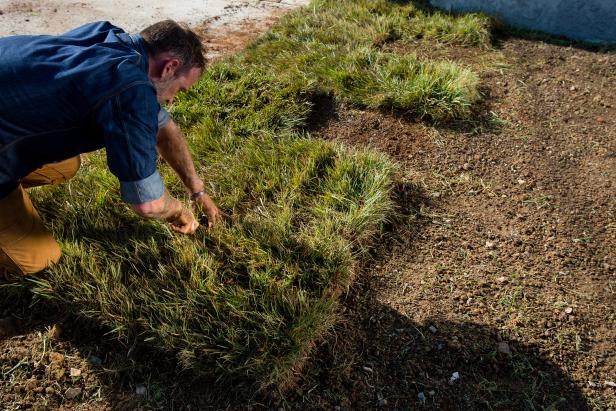
Jalynn Baker
Place Small Pieces in Middle
As you come up with small pieces of turf, tuck them into the center of the lawn area, so that all edges are touching other sod pieces. If you use small pieces to fill in along the edges of a lawn, they’re more prone to drying out and more likely to shrink and even die.
Cut Curves
To get curving sections just right, lay out the curve with a hose, and use a lawn edger to slice neatly along the curve. Grab your carpet knife to slice openings in sod around irrigation heads, trees or other obstacles.

Jalynn Baker
Fill in Seams
Brush commercial topsoil or potting soil across all seams using a strong push broom. Take care not to push up loose turf edges.
Roll Sod
Use a lawn roller to push sod firmly against soil beneath. A tight connection between sod and soil is the secret to roots knitting quickly into soil. Limit traffic on the sod for the first three weeks while it’s establishing. This includes children and pets.

Jalynn Baker
Sprinkle on Sod
Water your newly installed sod thoroughly, and continue to water daily unless rain arrives. Water shouldn’t puddle on your new sod. If it does, reduce the time you’re watering. After the first week, reduce watering to every other day. Tapering off on watering encourages grass roots to sink deeper into soil. A deeply-rooted lawn is one of the secrets to growing a lush, healthy, thick stand of grass. By the third week, water only twice, and starting with the fourth week, aim to give grass roughly one inch of water per week through irrigation or rainfall.
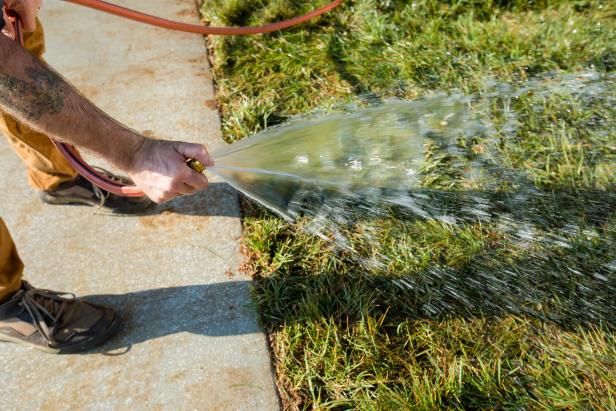
Jalynn Baker
Mowing Grass
Time your first mowing when grass is roughly three inches tall and at least 10 days have passed since you laid the sod. Use a walk-behind mower instead of a heavier riding mower, and install a grass catcher to bag the clippings. At this point, the lawn is too immature to let clippings lie. Add your clippings to the compost pile, or use them as mulch around shrubs or vegetables. Make sure the mower blade is sharp, or you’ll risk tearing up newly rooted grass.
Fertilizing Grass
Apply a starter fertilizer to grass after about four weeks’ growth. Continue to avoid heavy activity on your new lawn for the first four weeks following installation. After that, enjoy your new toe-tickling lawn.
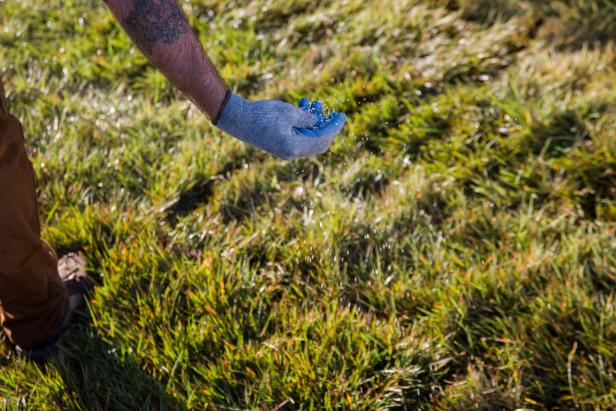
Jalynn Baker

.-Battle-on-the-Beach-courtesy-of-HGTV.-.jpg.rend.hgtvcom.196.196.suffix/1714761529029.jpeg)





